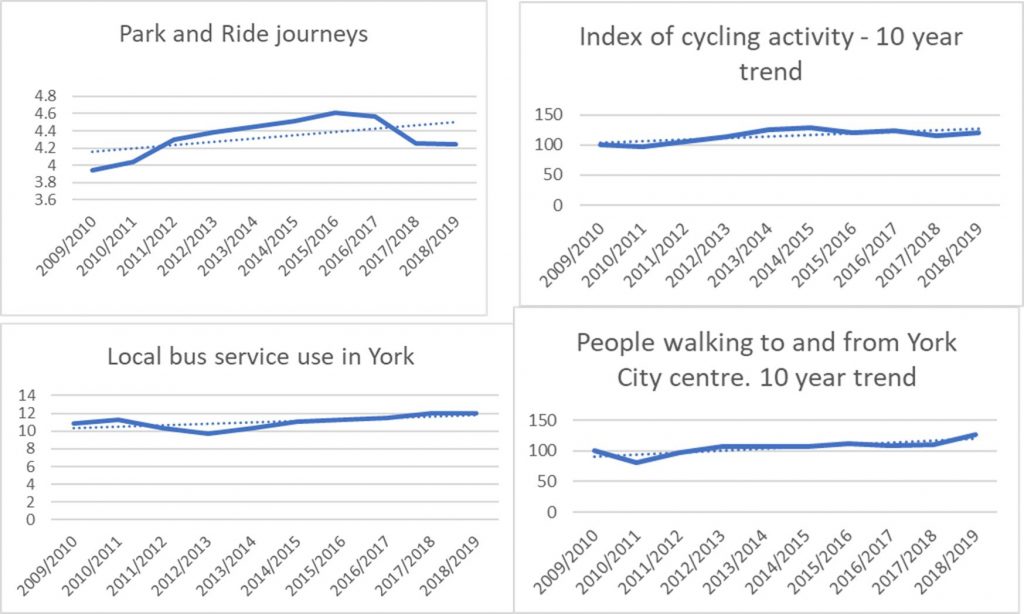
Over 50 streets, squares and snickelways across York’s city centre have been deep cleaned by frontline crews.
City of York Council is taking the opportunity to do a deep clean whilst the city centre is quieter than normal – so as and when the city is allowed to welcome back visitors, please help by keeping our streets clean and putting litter in the bins.
This also takes into account recently changed government guidance that allows residents to spend more time exercising during the day.
Cllr Paula Widdowson, Executive Member for Environment and Climate Change: “Our front line crews have been doing a fantastic job to cleaning our city centre of weeds, cigarette butts under benches and all those nooks and crannies.
“They’ve been working round the clock to make our city centre cleaner and safer during the pandemic. Please help them by putting your litter in the bin and making sure we keep our city clean.”
Frontline crews are working 7 days a week to carry out mechanical sweeping (using a small ride on sweeper and various pedestrian controlled machines), litter bin emptying, weeding and manual litter picking.
Staff were previously redeployed to assist the waste services team but have now re-joined the public realm service.
The deep clean includes:
- the removal of detritus (dust/silt), weeds and cigarette butts from building lines, under benches, nooks and crannies
- the removal of cable ties and expired notices, stickers etc.
- cleaning the interior and exterior of litter bins.
The council is also identifying/removing graffiti on council owned buildings, which will also be removed.

All council car parks are also being deep cleaned!
The council has worked hard to ensure crucial frontline services can continue despite the pandemic.
All crews carrying out the works will be operating under strict social distancing guidance due to the current Coronavirus restrictions.
The council has worked with trade unions to develop new ways of working and has ensured works can happen in a safe way for front line operatives and the public, whilst the city centre is quieter than normal.
Residents will hope that the teams now move on to deal with the overgrown hedges, weeds, potholes and detritus that impede paths particularly in the sub-urban area.

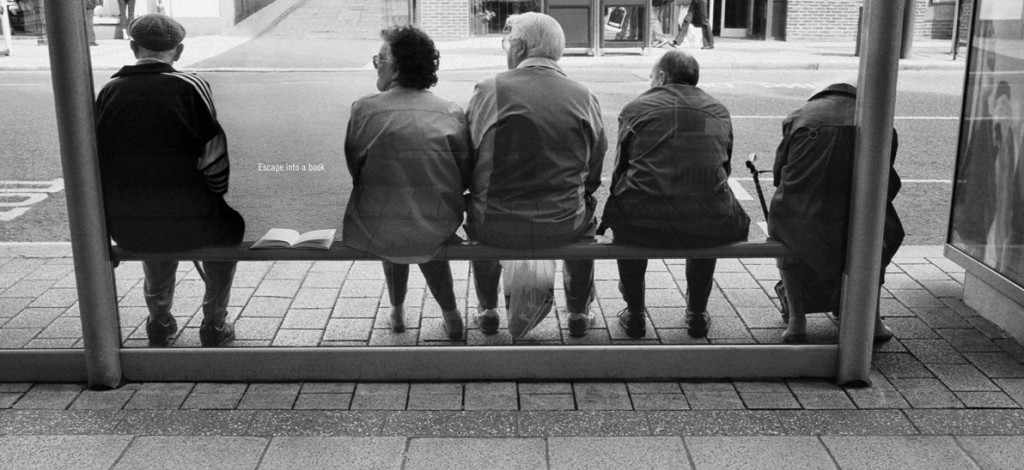
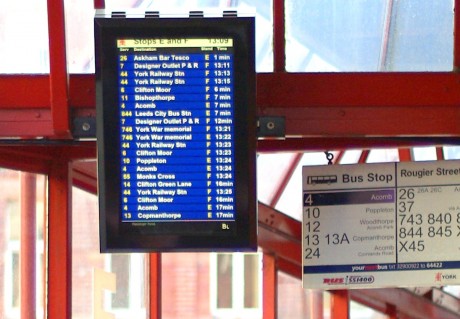
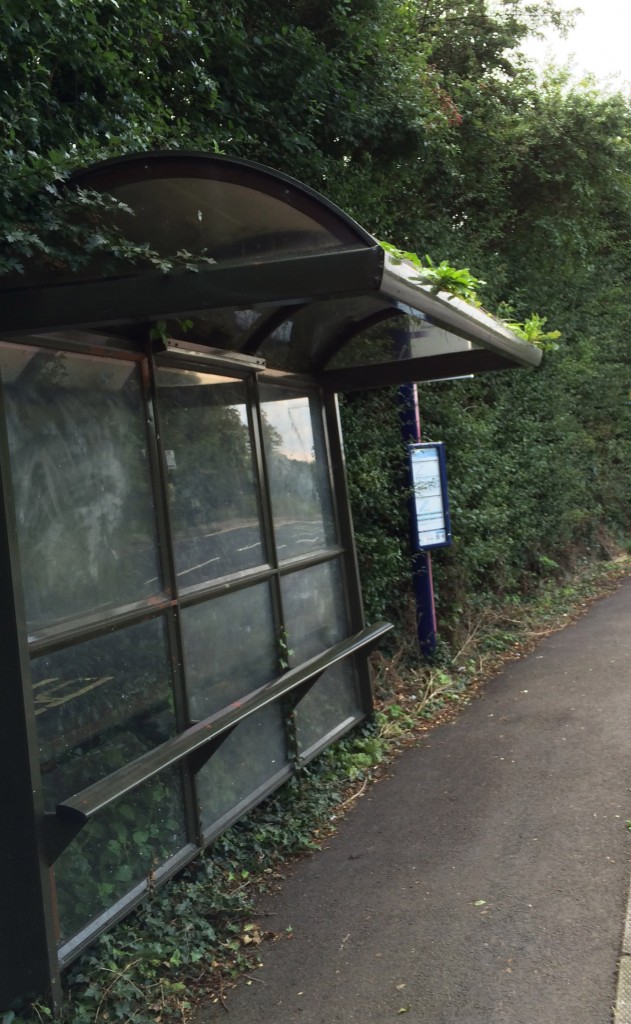
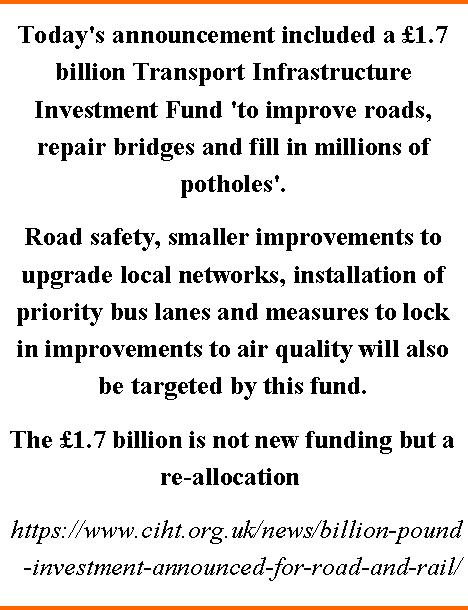
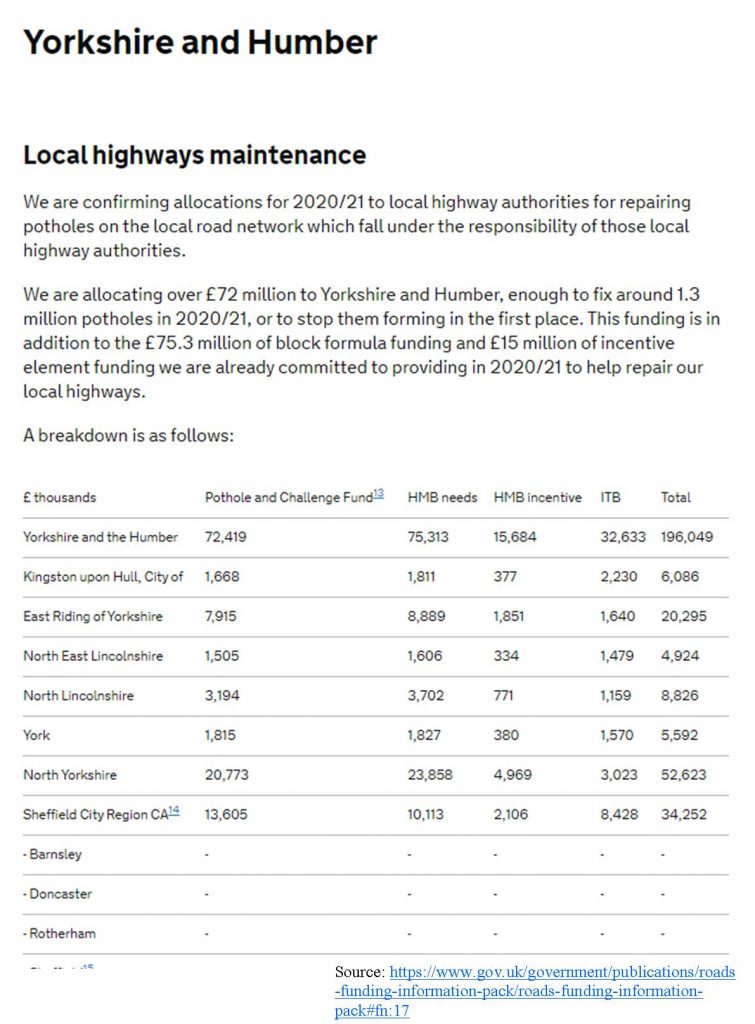
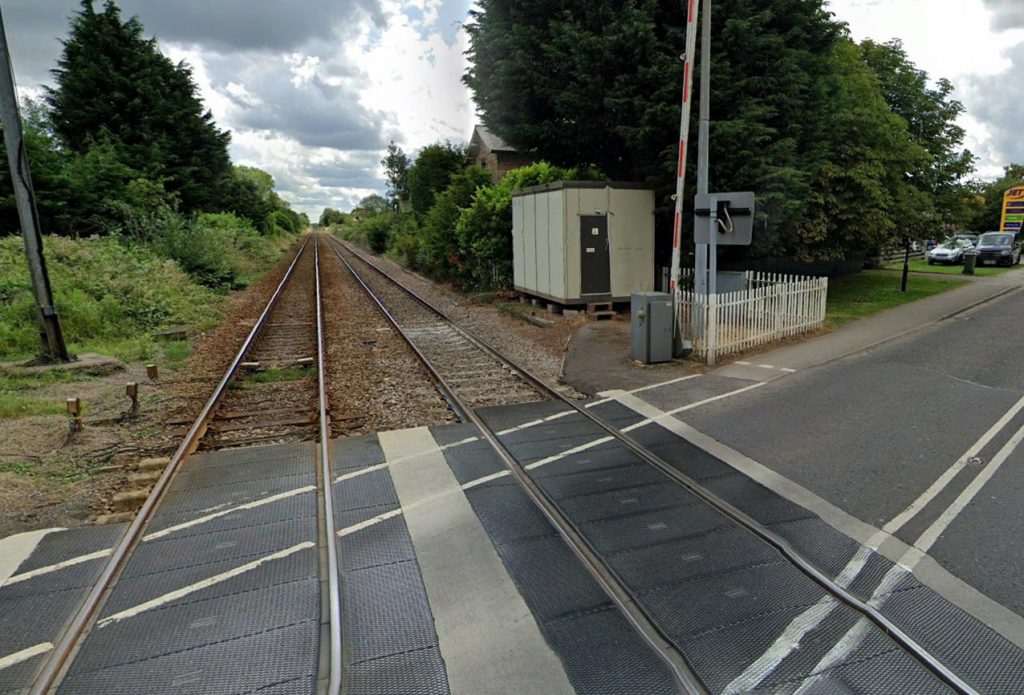
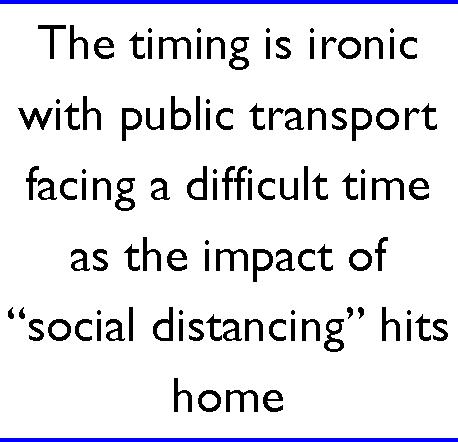
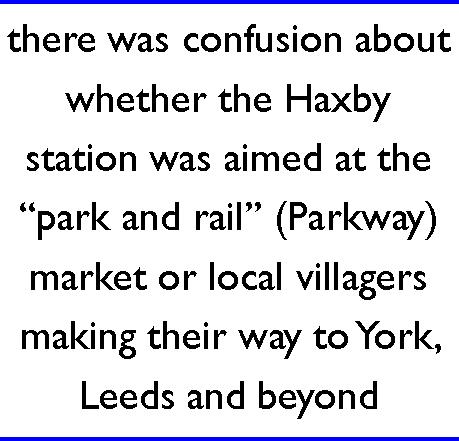

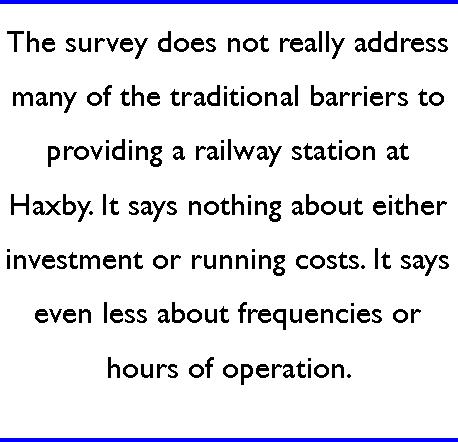
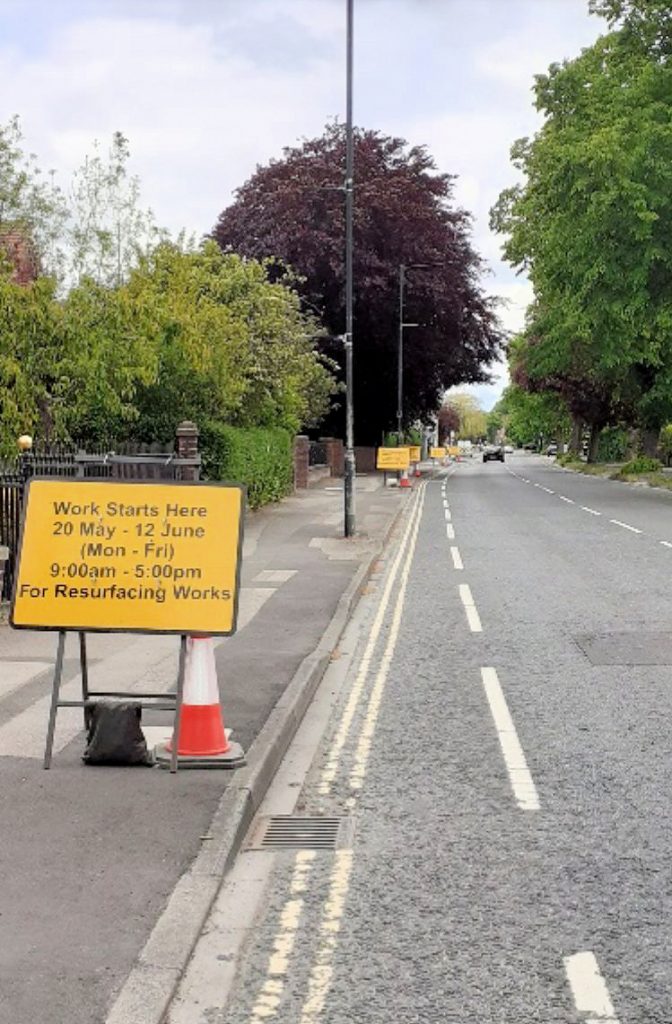
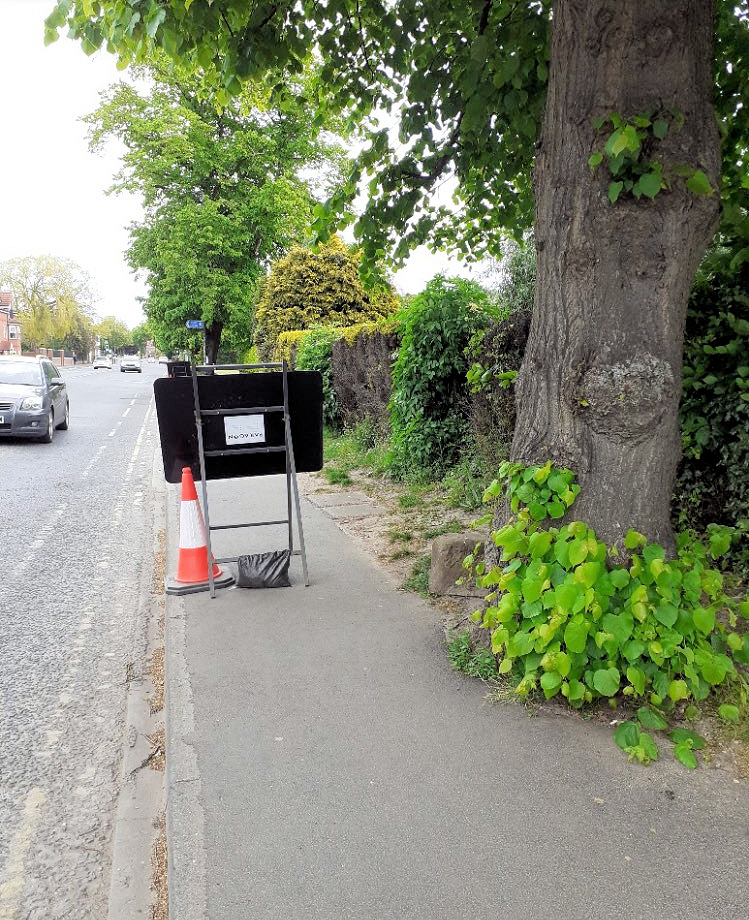
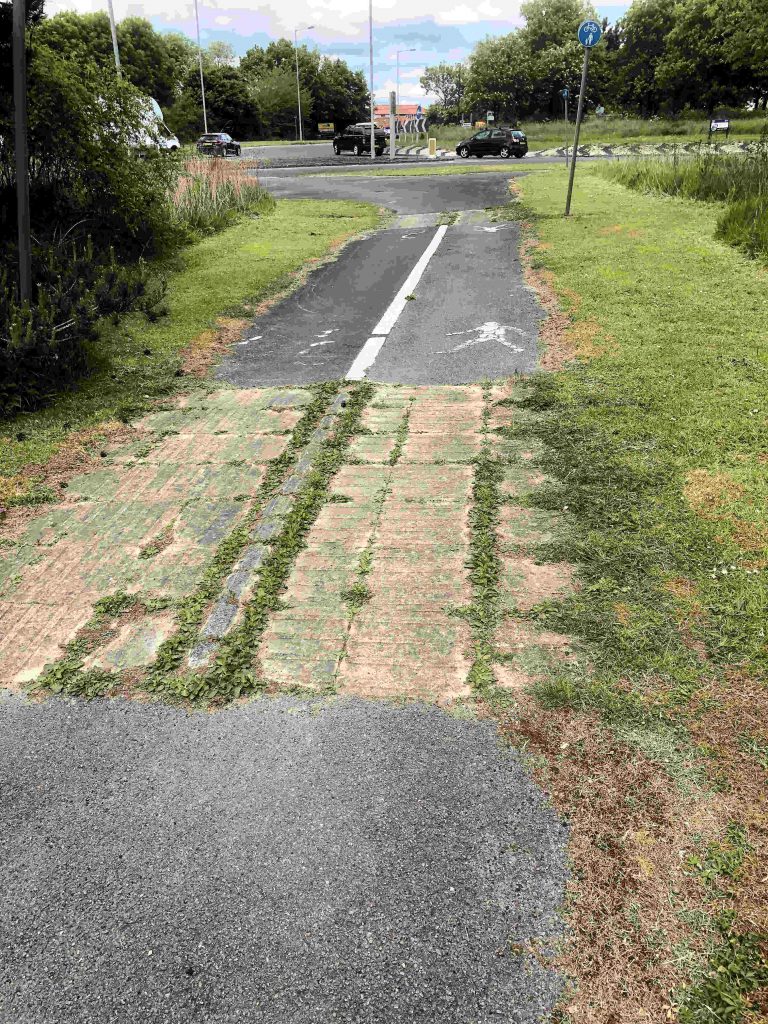
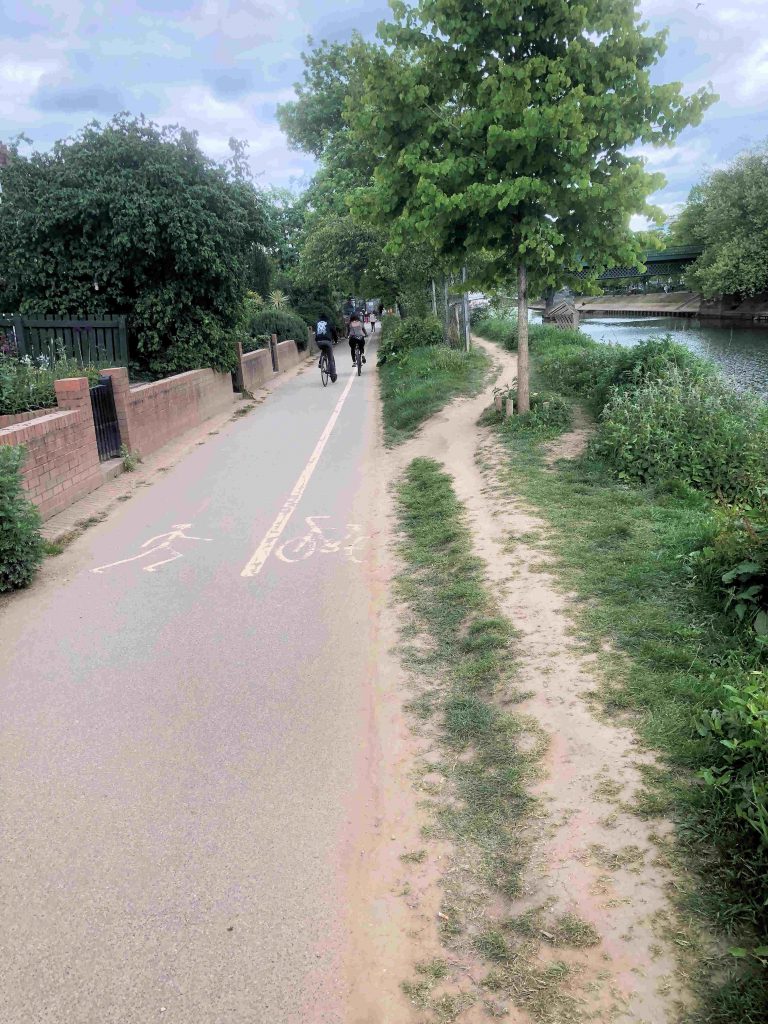
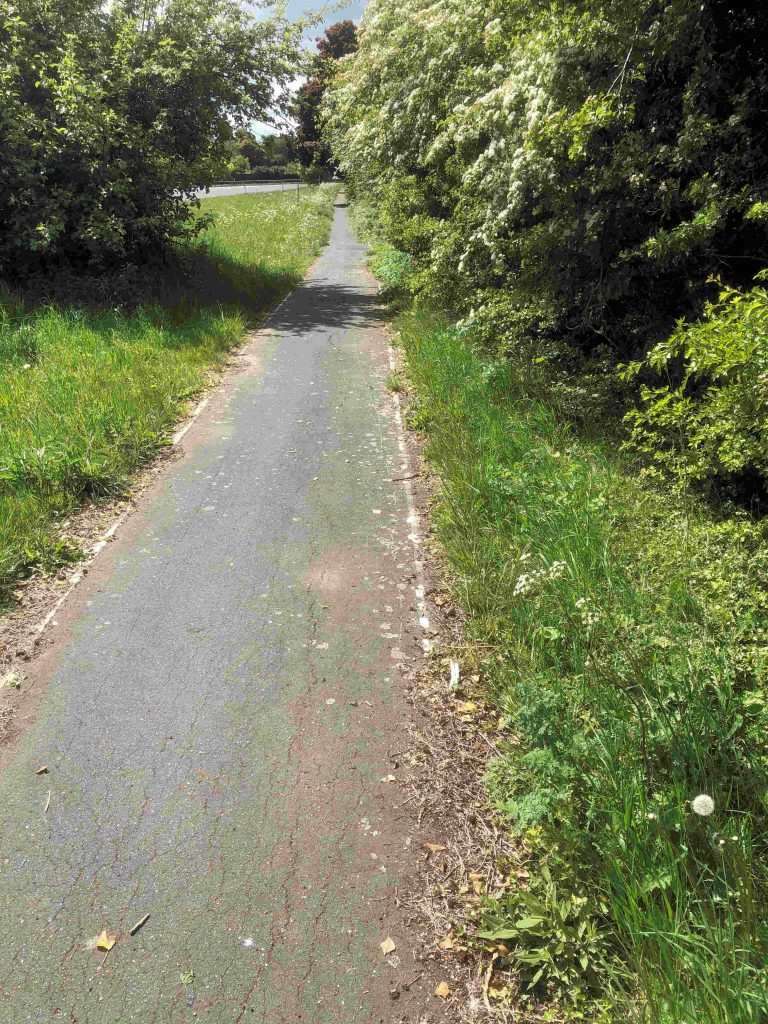
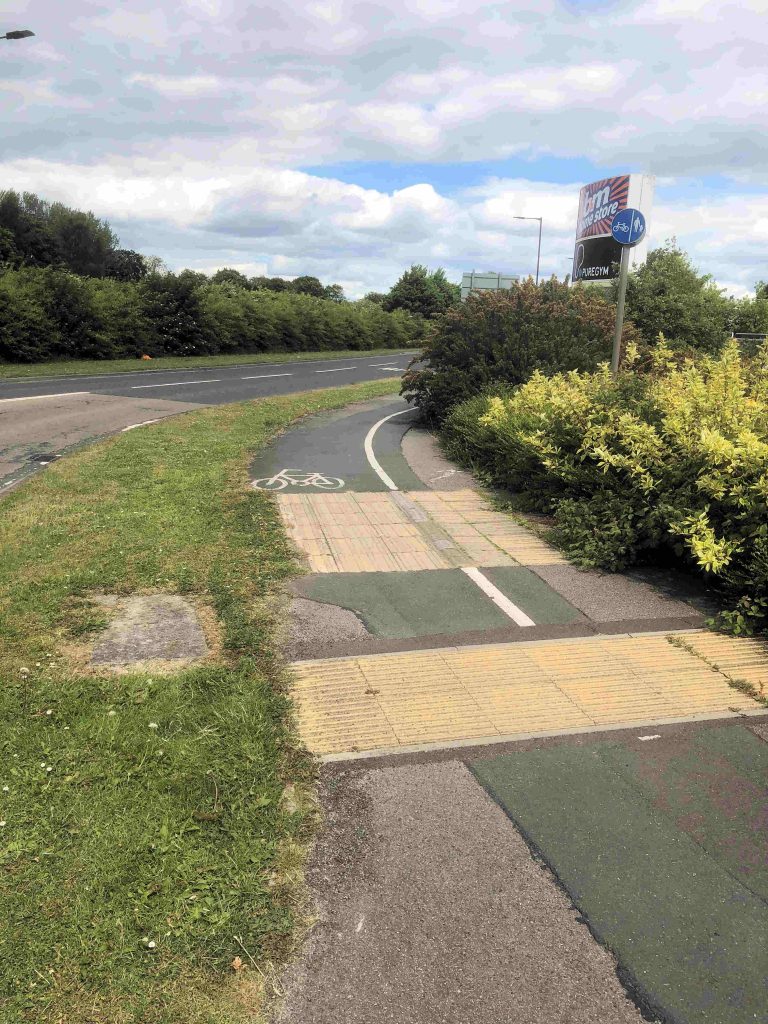
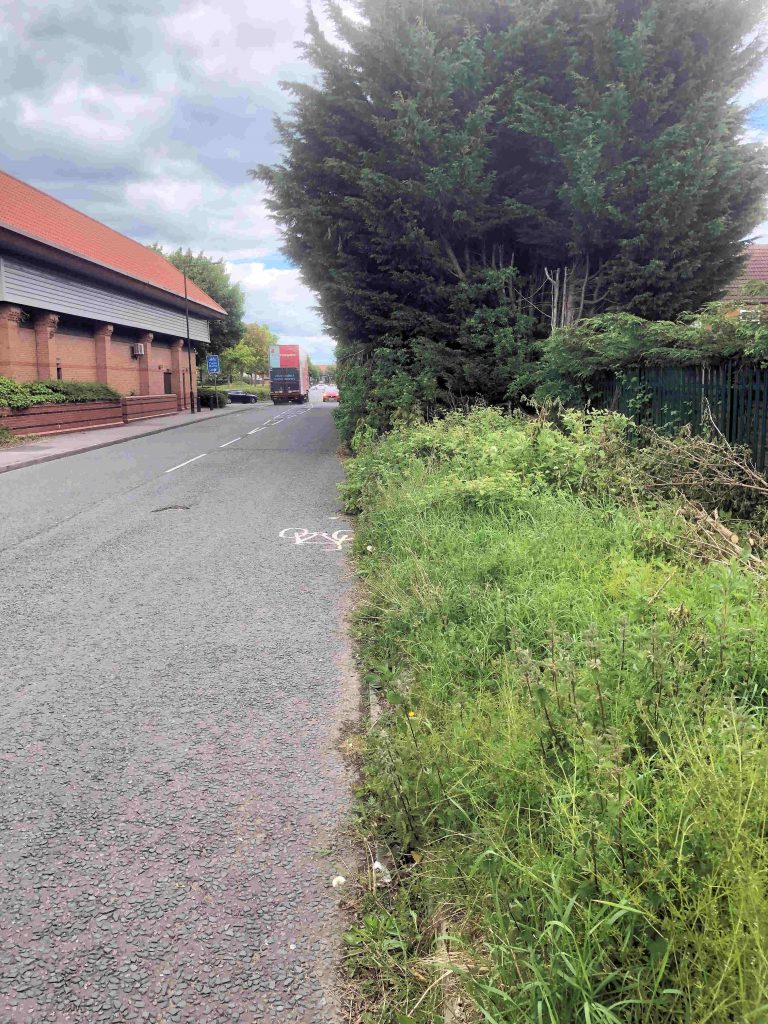
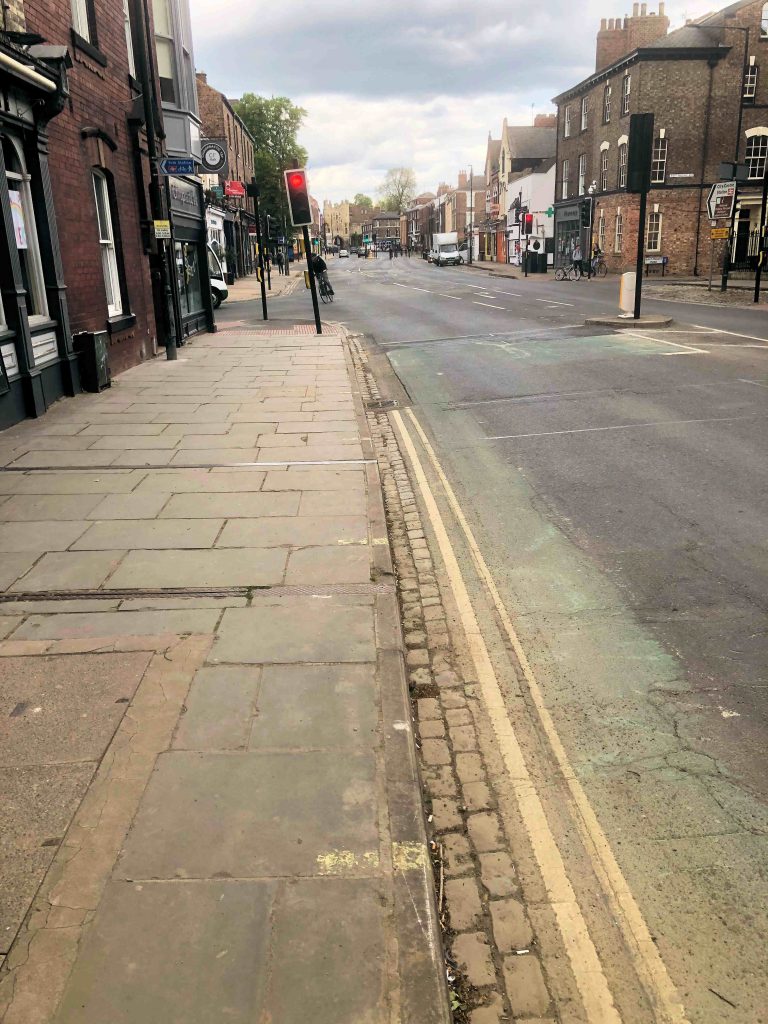
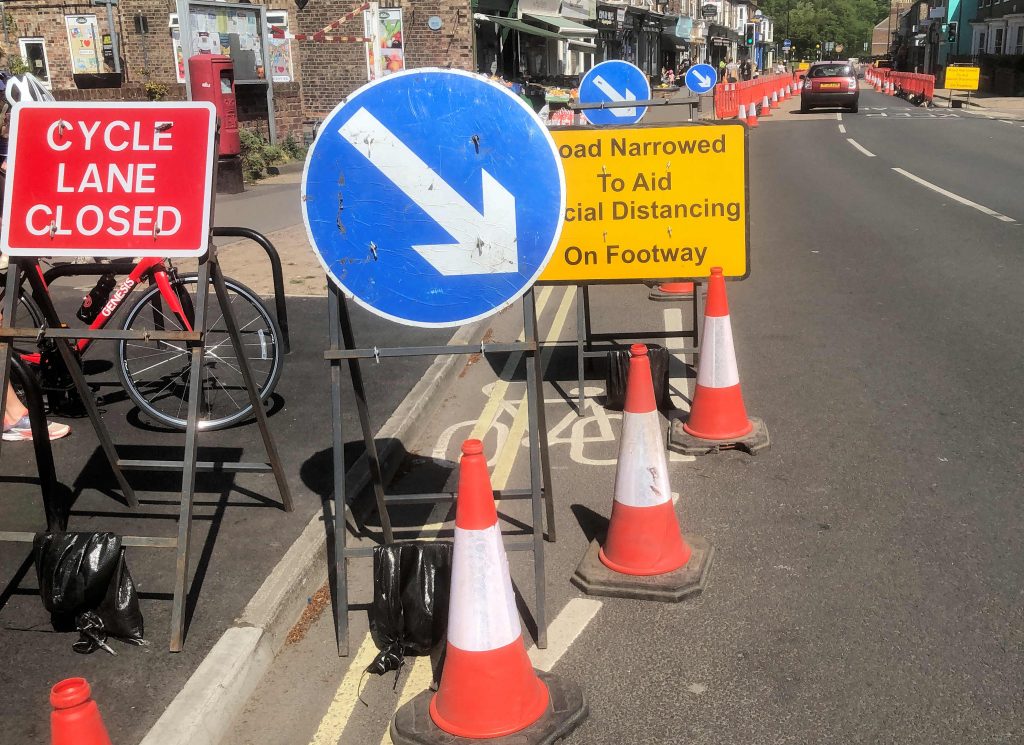

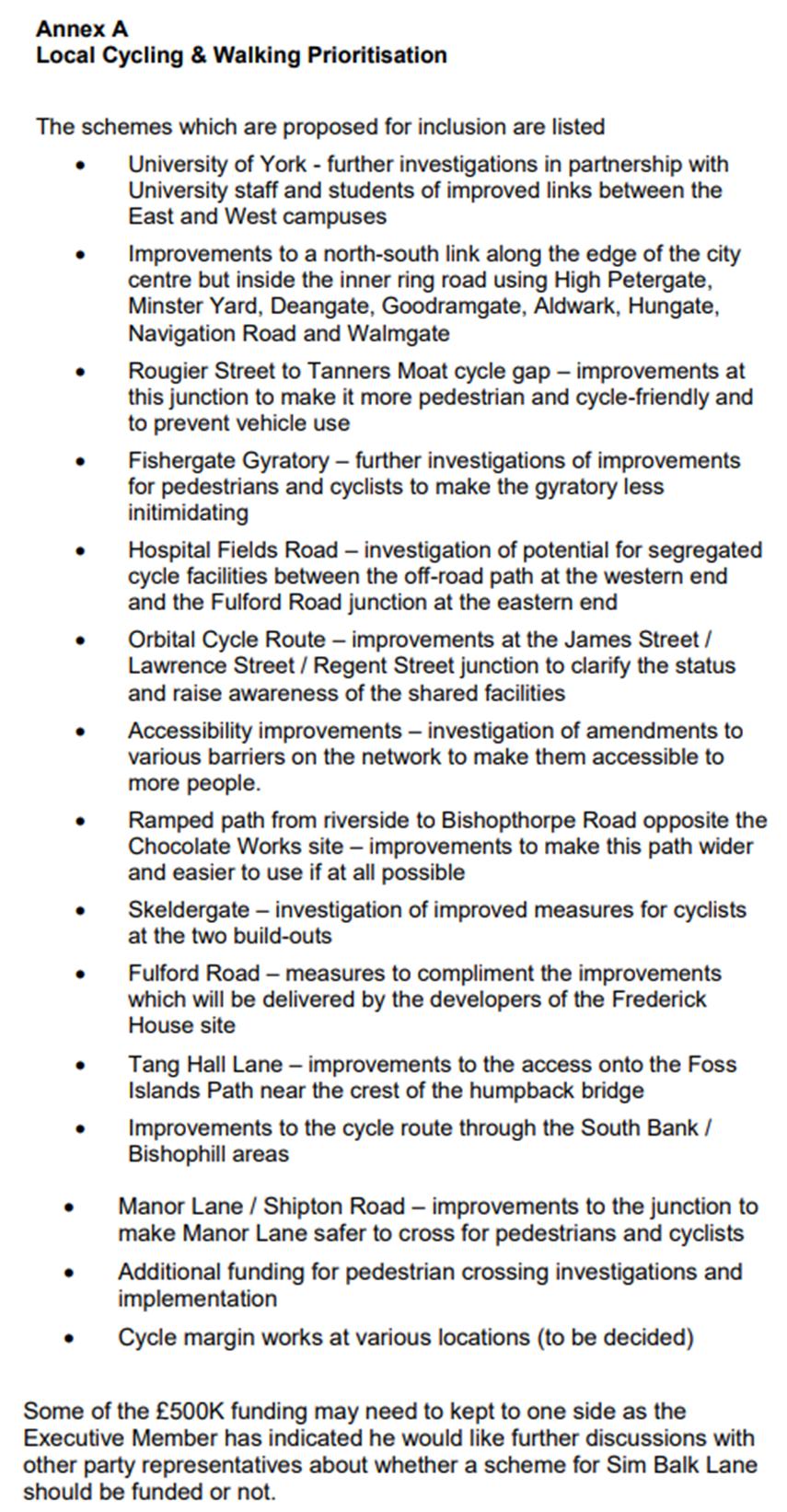
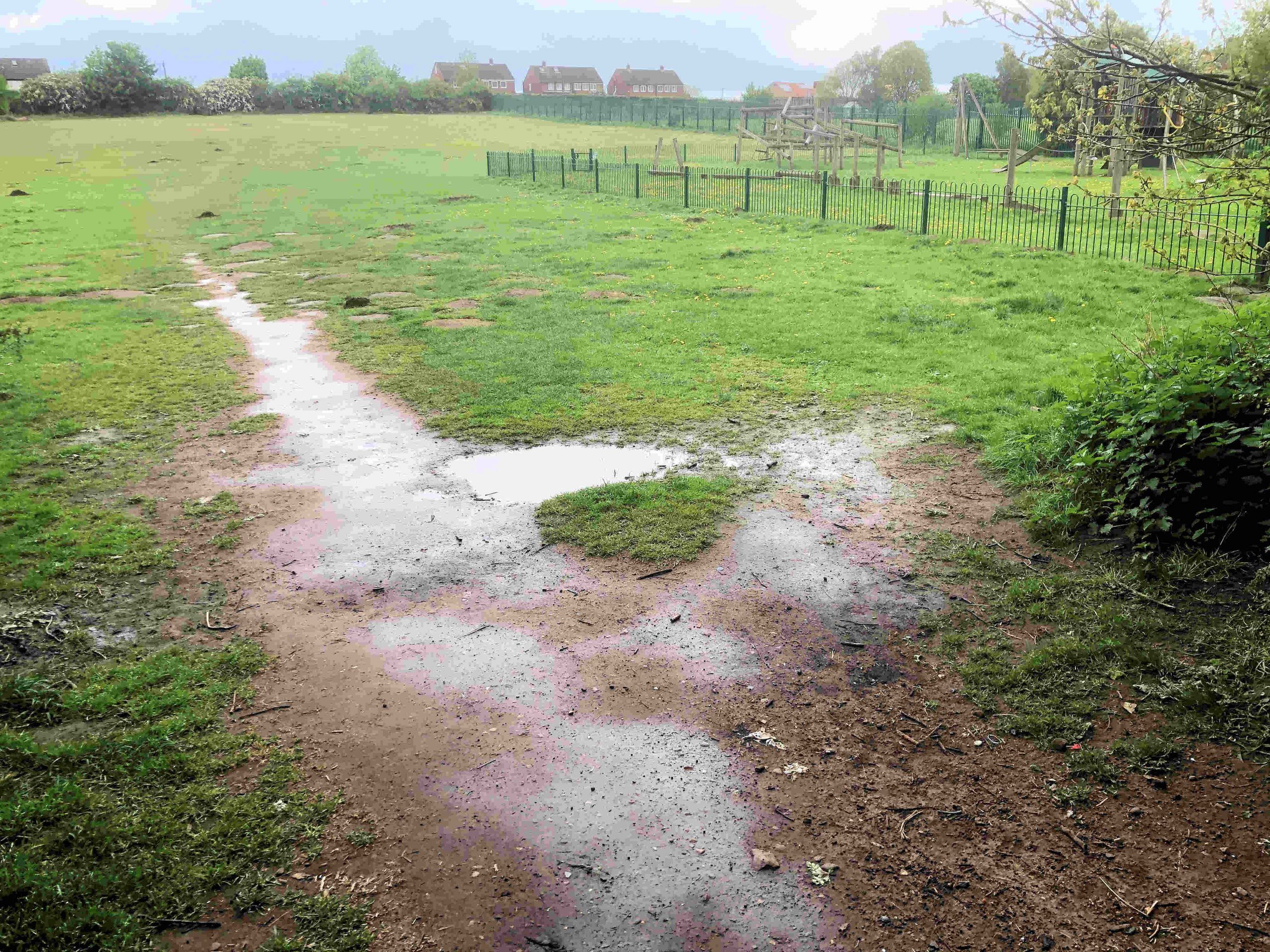
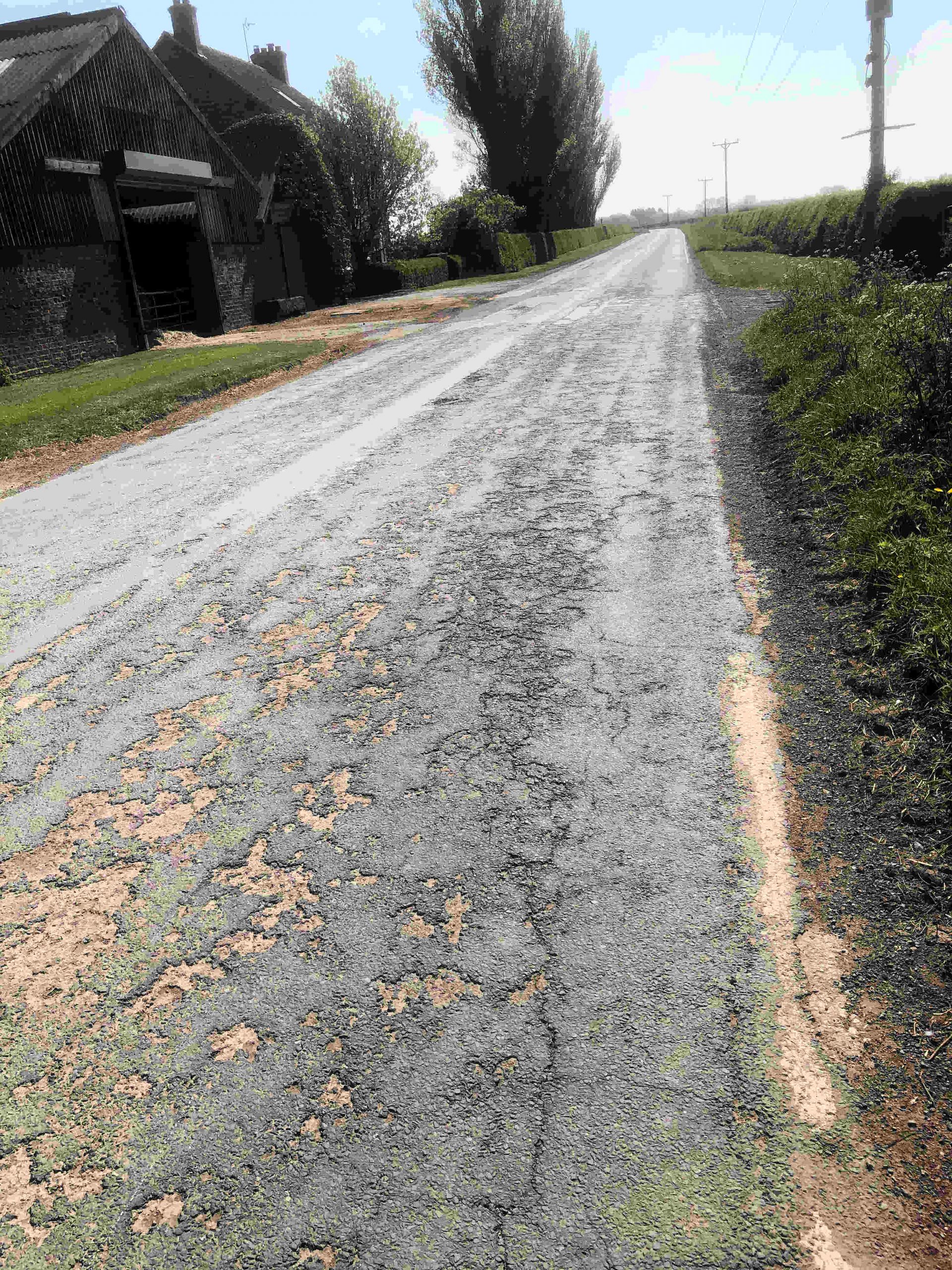
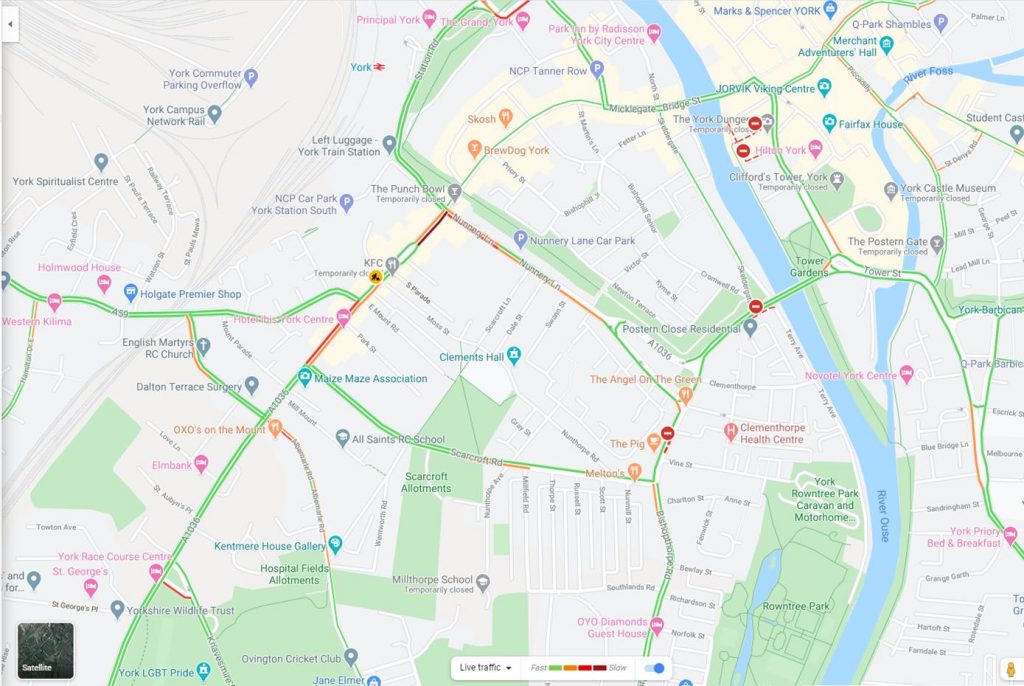
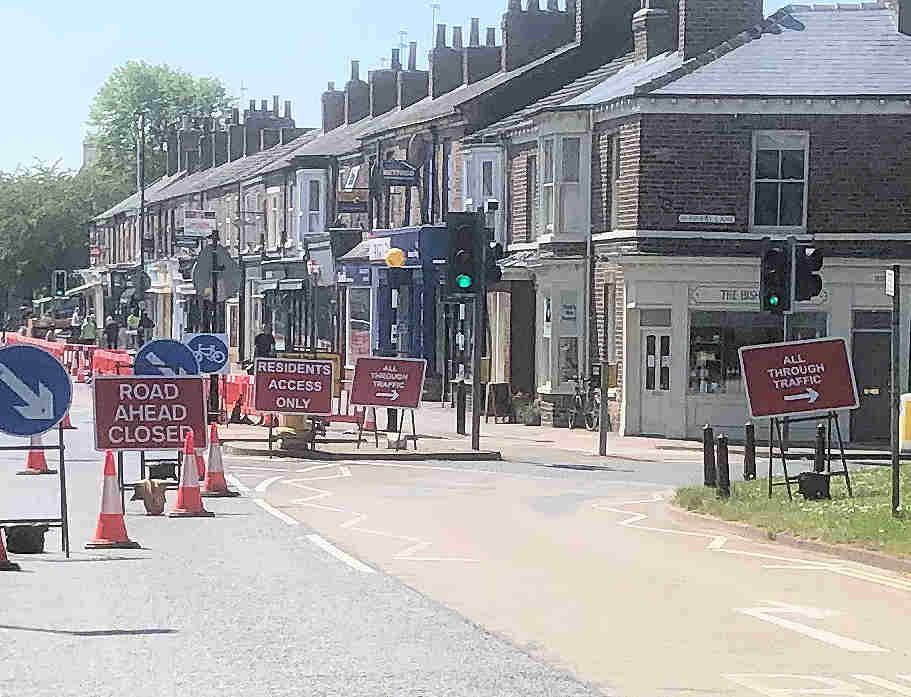 The Council
The Council 